When is it optimal to plant seeds for seedlings
To harvest a good harvest, you need to take care of growing seedlings on time: prepare seed material, dishes, soil, after sowing, ensure optimal conditions so that the sprouts develop strong and survive the pick well. An important factor is when to sow the seeds.
Seedlings are planted in such a way that after planting in open or closed ground, it has time to bring a crop or bloom during the warm season. The timing will be different for each culture. On average, seeds are planted in February, and preparation begins immediately after the New Year.
We take into account the lunar influence
The position of the moon determines many processes at the cell level. The most favorable time for sowing seeds is when the moon is in the growing phase. It enhances the circulation of juices and, accordingly, gives the sprouts additional strength for development.
Plant seedlings during the full moon, and also with a waning moon is not desirable. At such a time, it is better to take care of the developed bushes, loosen and fertilize. The most inappropriate time for crop production is the new moon, the day before and the day after. During these three days, it is recommended not to touch the plantings in order to maintain their viability.
We take into account the growing cycle of plants
Before sowing, the seeds are stratified, i.e. awaken them. After that, once in the nutrient medium and warmth, the vegetation processes are started in the seeds. The plant must go through a full cycle from the embryo, then the germ to the adult plant and fruiting. However, in most regions of Russia, the warm period of the year is too short, which is why tropical perennials have to be grown as annuals and crops are not immediately planted in open ground, but first at home, in the form of seedlings.
All plants differ in the duration of their stages of development. The characteristics of a particular variety must be indicated on the seed bag. However, there are also averages for different crops. So, heat-loving vegetables are sown in early May. These include cucumbers, zucchini, pumpkins, cauliflower, squash, early ripe white cabbage.
The general rule is that the seedlings move into open ground when the root system has already matured enough, and 2-4 true leaves have appeared on the stem. If you are doing seedlings for the first time, we recommend that you carry out calculations, guided by the calendar below.
Average germination and transplanting time of seedlings:
| Culture | The emergence of seedlings, day | Transplant age, days |
| Cucumbers | 3 | up to 30 |
| Peppers | 14 | up to 75 |
| Tomatoes | 6-8 | up to 60 |
| Zucchini | 5 | up to 30 |
| Eggplant | 10—15 | up to 60 |
| Pumpkin | 4—5 | up to 30 |
| Leek | 10—15 | up to 55 |
| Head salad | 4—5 | up to 45 |
| Cabbage | 5—6 | up to 50 |
| Celery | 15—18 | up to 85 |
We count in the reverse order
Knowing how long and the level of heat a plant needs to bear fruit (or flowers, in the case of ornamental crops), and the approximate age suitable for relocating seedlings to open ground, it is not difficult to calculate in which month to sow seeds.
To do this, subtract the required age of the sprouts and the number of days of germination from the seeds from the planned date of the seedling dive, and about 5 more days for the adaptation period of the seedlings. Some especially heat-loving plants, for example, petunia, are recommended to be sown not earlier than March and replanted in June to avoid the threat of spring cold snaps.
Advice! It is better to relocate seedlings that are slightly undergrown than overgrown ones.Overexposed, it is hard for the transplant, it grows more difficult, easily succumbs to diseases during the adaptation period.
We take into account climatic conditions
Cold-resistant crops that sprout slowly, like carrots, beets, radishes, radishes, lettuce, parsley, etc., can be sown outdoors when the ground at a depth of 7-12 centimeters heats up to 7-10 ° C during the day. In the Moscow region, this stage roughly falls on May 1, for the Leningrad region - May 10, for the chernozem regions - the first decade of April, for the southern regions - on March 15.
Heat-loving crops (tomatoes, cucumbers, etc.) should be planted in open ground when the frost season has passed and constant heat comes. As a rule, for the Moscow region - June 8-10, for the Leningrad region - June 12-15, for the chernozem regions - early May, for the southern regions - April 5-10.
Gardeners need to understand when steady heat sets in, the length of this period. These characteristics change from year to year. Therefore, you need to focus on folk signs, average climatic norms and forecasts based on the analysis of the movement of global air masses.
We insure
Since none of the ways to predict the weather for a month in advance gives absolutely accurate information, it makes sense to plant heat-loving crops that are not resistant to cold weather under the film. To do this, a bed is covered with a cover for a while, a stationary or collapsible greenhouse or a tunnel (a greenhouse open from the ends) is arranged.
To enhance the heat-saving effect, the film is additionally covered with a nylon mesh with medium or small cells (the effect is provided by static electricity arising from the friction of two coatings and retaining warm air).
Advice! The timing of planting in open ground and in a greenhouse is significantly different (35-45 days).
The most convenient option is combined planting, when the entire area is planted at the same time: cold-resistant crops without shelter, and heat-loving crops (peppers, tomatoes and cucumbers) - in a greenhouse.
We take into account the position of the sun
Direct sunlight negatively affects the transplanted seedlings. Therefore, it is recommended to dive early in the morning, or in the evening - at dusk. Cloudy weather is considered optimal, in which you can land in the middle of the day.
The seeds are less sensitive to the position of the sun. In the apartment, they can be sown at any time of the day, but it is better to do this in the morning. It is recommended to sow cucumber seeds on an open bed on a sunny day.
Planning landing
Considering the list of plants that you intend to plant this season, analyze what species and how you will grow, outline the approximate planting dates. So you can figure out when to sow seeds for seedlings.
It is recommended to put all the information in a table in which you write:
- species name, variety;
- the planned landing site (greenhouse or open bed);
- whether you are going to grow seedlings or sow in the open air;
- the age of the finished seedlings;
- calendar days of sowing seeds for seedlings, you can easily calculate them based on the previous information.
It may be helpful to add an additional column with the expected time of fruit formation or flowering. It is calculated based on the duration of the growing season of a particular variety. Following the chart, sow the seeds at regular intervals so you can harvest or enjoy blooming for longer. This is also convenient because the crop ripens gradually, and not all at once, so it is easier to dispose of and store it. Plus, the differentiated fit allows you to be less affected by weather changes. Taking into account the variety of weather conditions and growing places, then a spread within 10 days is allowed.
A systematic approach and calculating the timing of planting seeds will help you grow healthy seedlings and get a rich harvest, increase the periods of fruiting, facilitate garden work and increase their productivity.
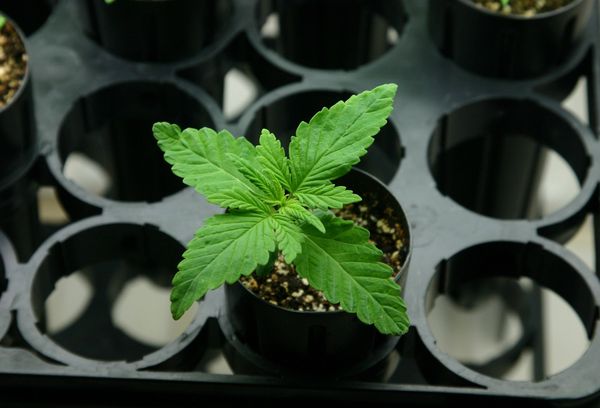

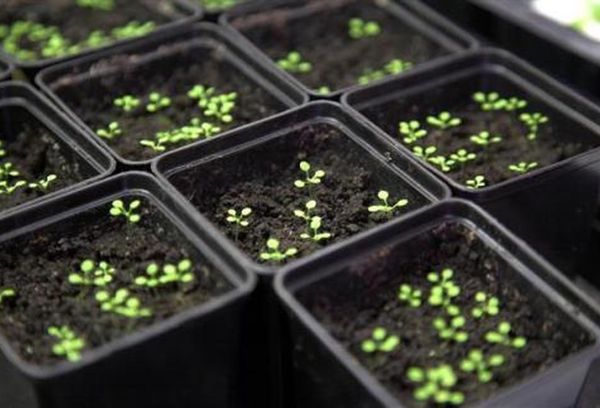
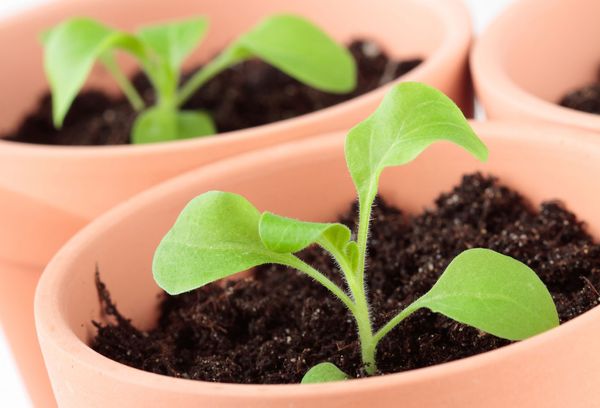
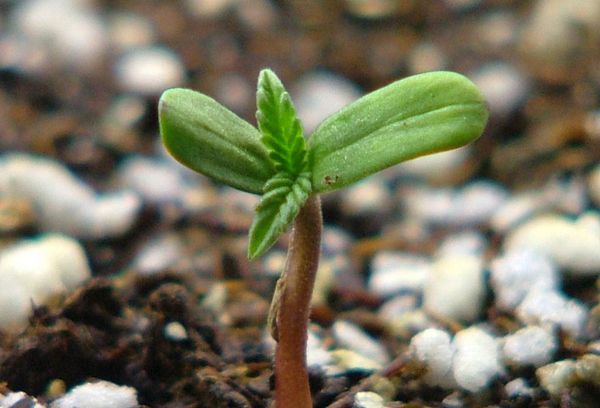
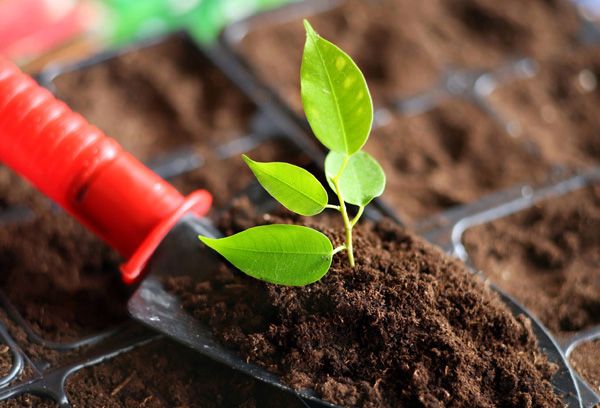
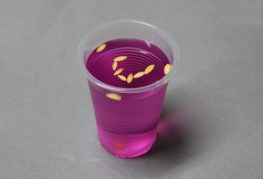
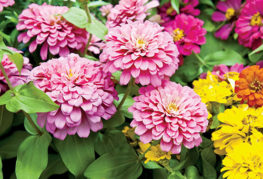
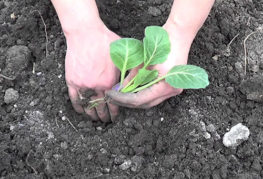
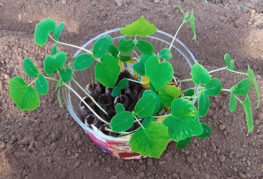
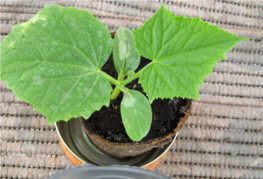
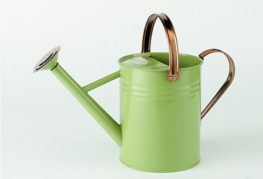
and will be published shortly.